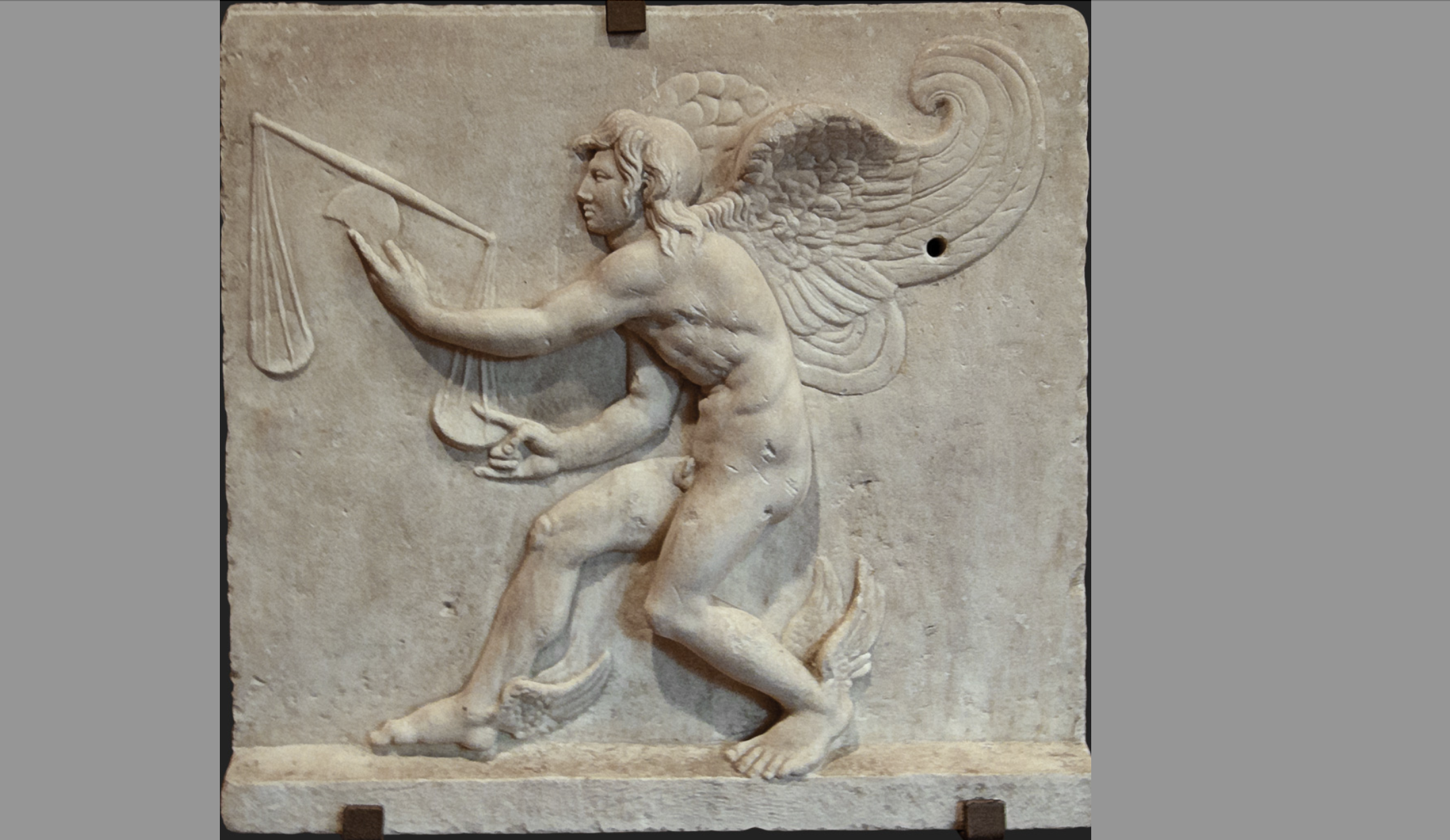With this newsletter I will question “interpersonal serendipity” — those “X met Y and everything changed” tales — being not at all serendipity. Are they just overhyped survivors of survivorship bias, and if so, should we challenge these romanticized myths around serendipity stories?
I believe that these stories distort serendipity into becoming a hedonistic hijack: they glorify rare successes while erasing the countless failures that preceded them. And in 2025, when AI and algorithms already engineer most of our “chance” encounters — from LinkedIn connections to dating app matches — it’s time to ask: what’s truly accidental anymore?
Why Interpersonal Serendipity Is Different from Walpolean Serendipity
Interpersonal encounters are dual actions — two people, two contexts, two sets of intentions — which makes them in practical terms impossible to analyze objectively. Take the famous Steve Jobs’ story – he skipped a business dinner to pursue a woman who later became his wife. The narrative celebrates his boldness or intuition, but the real pivot came from her acceptance of his invitation. => That’s the asymmetry we ignore.
Without her readiness — her decision, mood, and context — nothing would have happened. Jobs’ “serendipity” depended totally on the agency of another human being, which makes the event co-created, not discovered.That’s precisely why it fails the serious test of serendipity as a discovery.
It’s a totally different context than discovering anomalies. Anomalies are the true classical triggers of authentic serendipity — they are unilateral.An anomaly doesn’t “decide” if it engages back. It simply exists, waiting for an observant mind to detect and interpret it.
The other flawed assumption in Jobs’ story is a strong survivorship bias. Let’s take a well known example, a WWII bomber bullet hole analysis, which illustrates this bias powerfully. The researchers studied bullet holes only in planes that returned from the mission and ignored the ones that didn’t. Mathematician Abraham Wald realized that this approach was flawed because it only considered the survivors—ignoring the planes that were shot down. By using a flawed approach they made wrong, often lethal, conclusions based on flawed interpretations.
Our so-called ‘success stories of X meeting randomly Y’ are just similar survivors. And yet we continue to build new myths upon those same biased narratives. One might ask, after all these decades — when do we learn?
As we now understand, interpersonal serendipity stories — and especially those people eagerly spreading them — suffer from the same survivorship bias as those researchers during WWII!
We celebrate the one in a thousand that worked, while the 999 untold attempts vanish from view. From an analytical standpoint, those stories are worth nothing as an evidence of well working theories — inspiring perhaps, but not instructive.
If We Like to Keep Interpersonal Encounters, Then Change the Lens
Even if we generously keep interpersonal encounters under the serendipity umbrella, we should at least shift our lens to the receiver’s side. These classic “When X met Y”- stories glorify the initiator (X) — the heroic figure who “seized the moment” — while ignoring the quiet agency of the other (Y).
Analyzing the receiver’s perception could reveal something far deeper: Like in Jobs’ story – how she detected an anomaly worth pursuing, how her context aligned, or why she made space for the encounter. Only then can we start understanding such stories as mutual readiness, not one-sided destiny.
My argument isn’t a blanket rejection. It’s a call for precision, it’s a call for better research! Let’s stop glorifying exceptions and start observing conditions. Because the truth is: every human connection that becomes transformative relies on timing — and that timing is anything but random.
Kairos – The Missing Dimension of Timing
This brings us to the deeper layer: time itself. What gives certain encounters their charge, their spark, is not coincidence — it’s Kairos. In Greek mythology Kairos is the god of the opportune moment. We can see from the cover photo, which is a fourth century BCE marble representation of Kairos by Lysippos (Museo Archeological in Turin), that Kairos is poised on tiptoe, has wings in his ankles, and razor in his hand. And these details are illustrating that Kairos runs without stopping, wanders by flying and is sharper than any blade. I like to add a short clip, which Erasmus includes in his Adagia, an epigram by Ausonius in which Kairos says:
“I am the god of Opportunity, rarely seen and only recognized by a few.
— Why do you hide your face with your hair?
— I do not wish to be recognized.
—For what purpose were you sculpted like this?”
—To teach you, stranger, and remind you of the value of the fleeting moment. …. And you, while you were asking me these questions and wasting your time with your vain curiosity, did you realize that you let me slip away?
These few sentences from ancient Roman poet capture perfectly the delicate ‘opportune moment’. When two people meet at the right time, both inwardly prepared and outwardly available, that’s what I call Kairos related alignment. It’s not luck; it’s synchrony. You can’t plan it, but you can feel it when it happens. And it’s the only context where interpersonal encounters comes close to serendipity.
Kairos demands readiness on both sides — not algorithmic proximity, not engineered coincidensity. It asks for presence, trust, and the mutual courage to act in the fleeting moment.
In 2025, when digital platforms simulate randomness, this distinction matters more than ever. Al algorithms can suggest alignment of interests, similarity of characters or whatever else — but they can’t create presence. Thousands of “matches” may scroll past us, or we may act as active initiators – ‘coincidensity hunters’ (or like Jobs – womanizers 😉) but without Kairos, nothing happens.
That’s why I argue that even if we allow interpersonal encounters to remain within the broader family of serendipity, we must redefine them through Kairos, not chance. Serendipity with Kairos becomes art — the art of timing.
Closing Thought
Let’s retire the lazy myths of “meeting the right person at the right time.” Instead, let’s study how awareness, timing, and mutual readiness shape meaningful encounters.
Because authentic serendipity isn’t about chasing new encounters or ’planning your luck’ — it’s about learning to recognize Kairos when he quietly knocks.
May Kairos be with you this week!
PS. Next week we will discuss the role of Kairos in our life in more detail. Meanwhile share your stories about Kairos moments in comment section. Do you count them as serendipity?
This blog post was first published as a “Serendipity Unleashed” Newsletter in Linked In.





